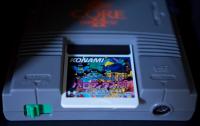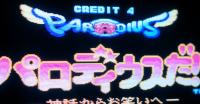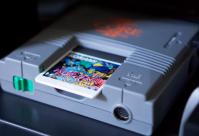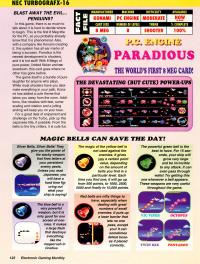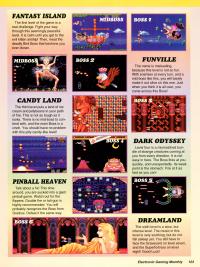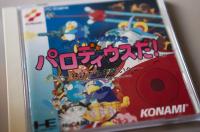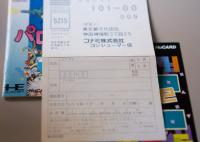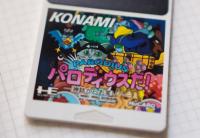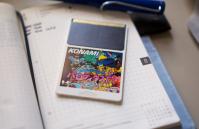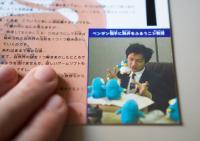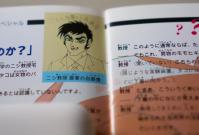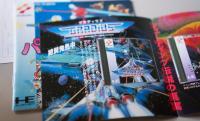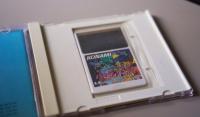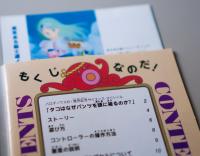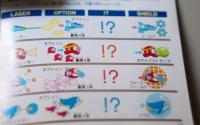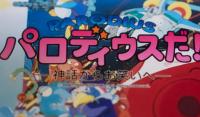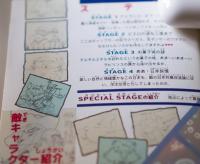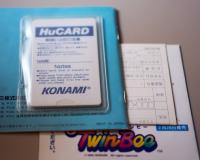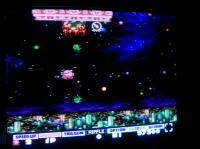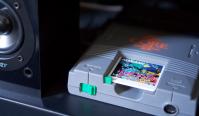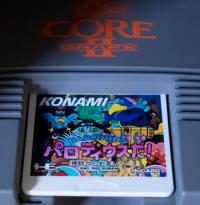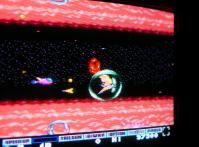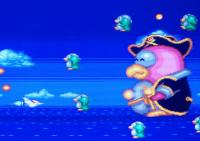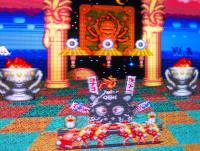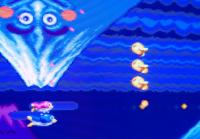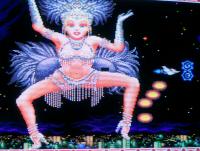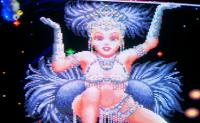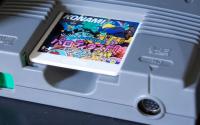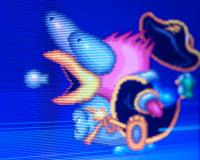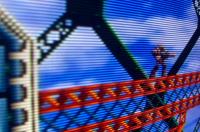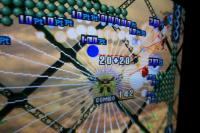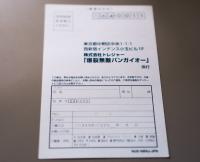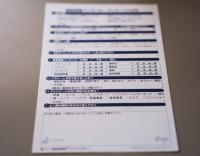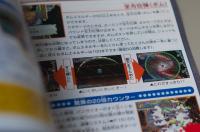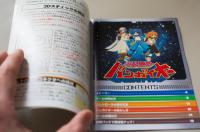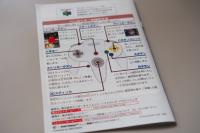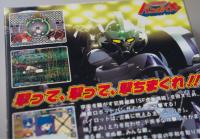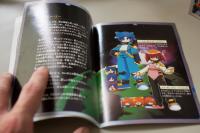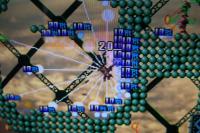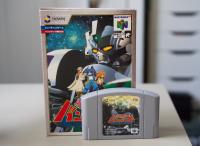Gradius demands perfection. If you've ever played it, you quickly realize that dying even once after level one is virtually a game over (man), as the game almost requires full options, a few speed boosts, the laser, and a shield for some insurance. Ideally, one should be able to complete a Gradius game with one ship - anything else feels like failure as you can try to muddle your way through it with continues, but its just not fun anymore.
The fun of the game is attaining as many upgrades as possible and being good enough to hold on to them at any cost and achieve a perfect run. You must remain an industrial god like force. Have I ever done this in any Gradius game?
Of course not.
I’d never even played a Gradius until emulation became a thing and Parodius was my introduction to the series via old issue of EGM (which I will attach pages from courtesy of RetroMags). The memory of these images in my mind are far more impressive than what we're actually looking at, but from the perspective of early nineties gaming, you can still appreciate how great this game looked. If you bother to read the copy, you learn what is most important to the ancient gamer; low flicker, NO slowdown, and 8 MEGA(bit) POWER - which also meant this was the largest PC Engine HuCard at the time in early 1992 at 1MB, or as they say here, “The World’s First 8 Meg Card”. Quite the achievement.
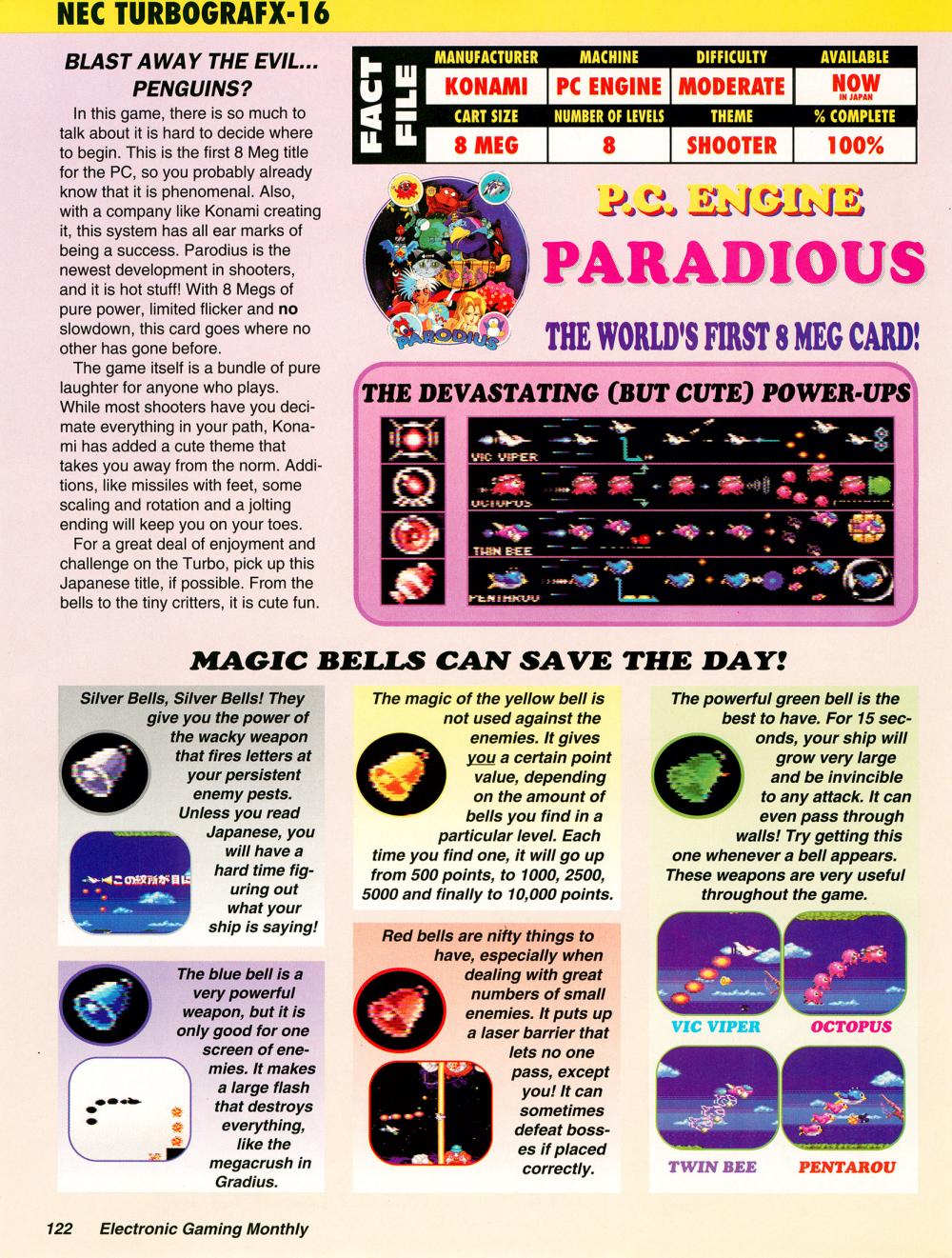
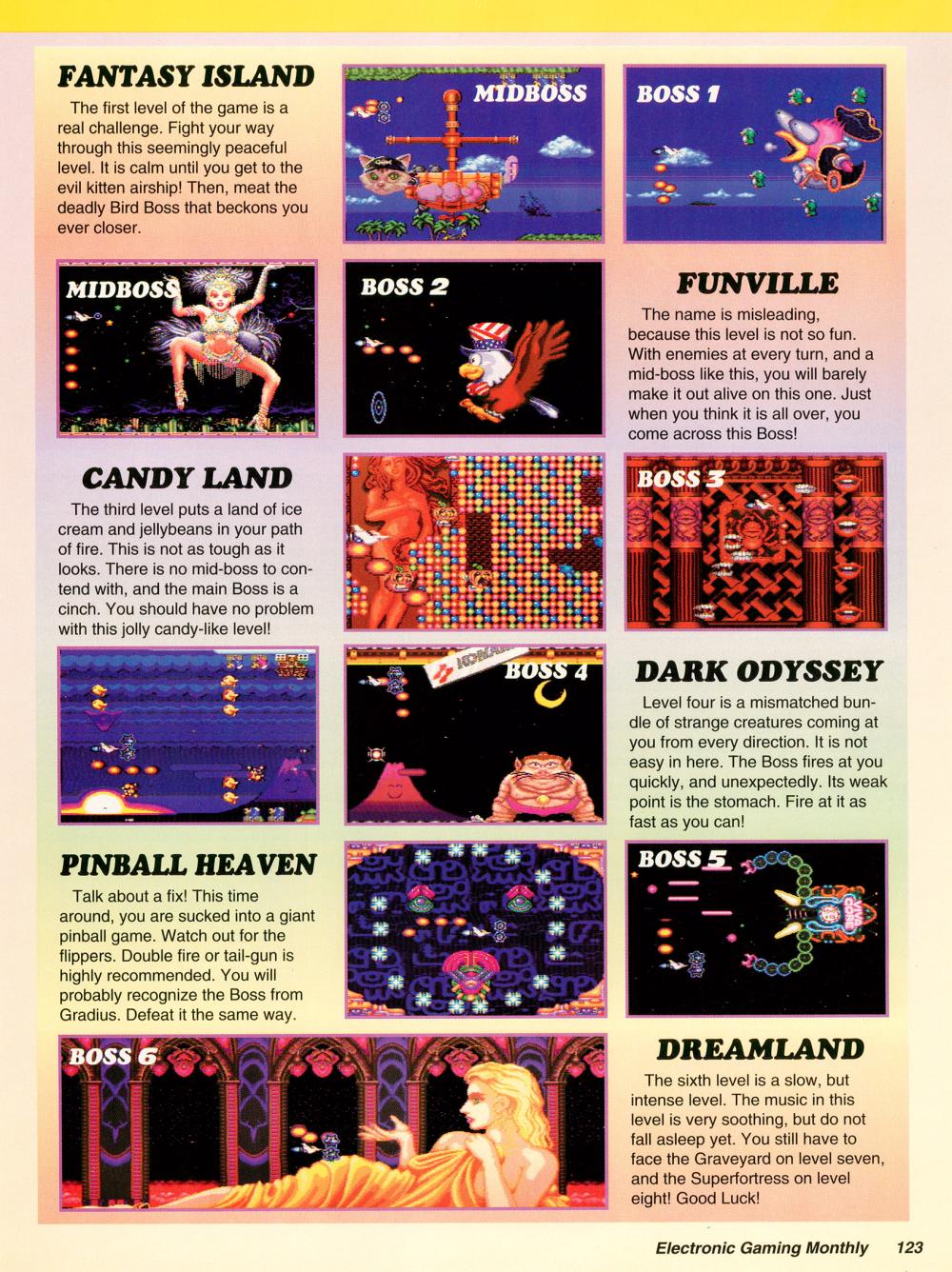
These were wow-worthy screens and for any game to get the two-page treatment by EGM meant it was good. I always appreciated EGM’s ability to show off large bosses by stitching multiple screens together (quite well in the pre-direct screen shot era). Also unique to Parodius were the number of saucy images of scantily clad women...
Being without a PC Engine, being a kid, being broke, and having no ability to convince anyone to import me this game, I would never get to play it contemporarily. Even a rental was out of the question as Konami has never released a Parodius game in North America (Europe got them for some reason).
It took another eight or so years until I actually played it via the Magic Engine emulator, which was a paid application, but you could get around strict time limits by just using abusing save states to reset the five minute time limit. In fact, once I learned of PCE emulation, this was the very first game I fired up. Thankfully it lived up to its promise of this EGM spread years prior. The other benefit of emulation was that I was immediately able to sample the SFC and arcade versions via ZSNES and MAME. While the PCE didn’t look as good as the SFC game, it sure did perform much better which much less slowdown.
Although this was a great HuCard, It was not as well executed as the subsequent Gradius II port on the PCE CD released the next year (it solved the scrolling issues by finding.a way to marry the menu on top of the screen instead of windowing it, included all levels, and added an excellent bonus level), but it remains a very impressive port that took advantage of what made the PCE stand out at the time, rich colours, good sprite processing, little slowdown.
Enjoy these packaging shots, system shots, and PVM scan line pics.
